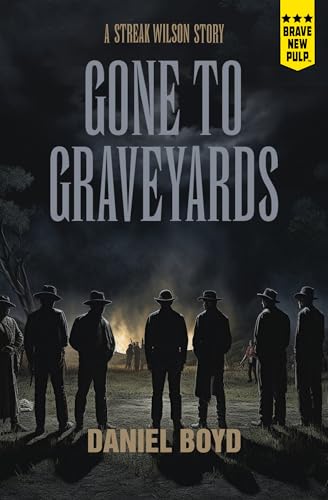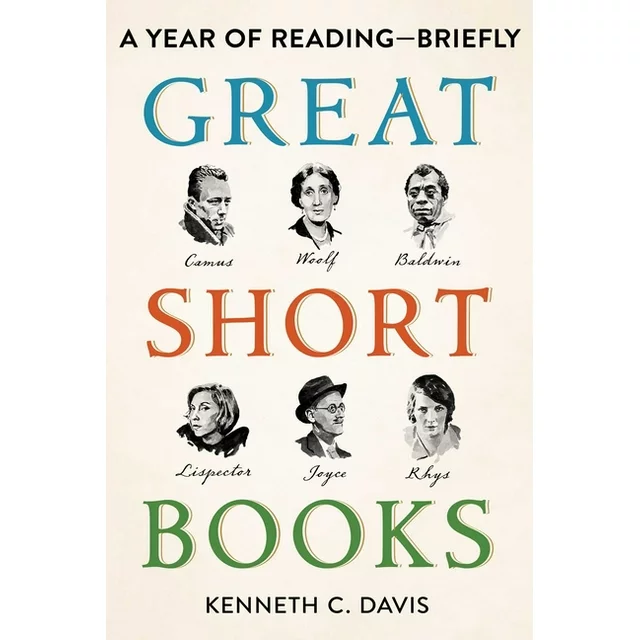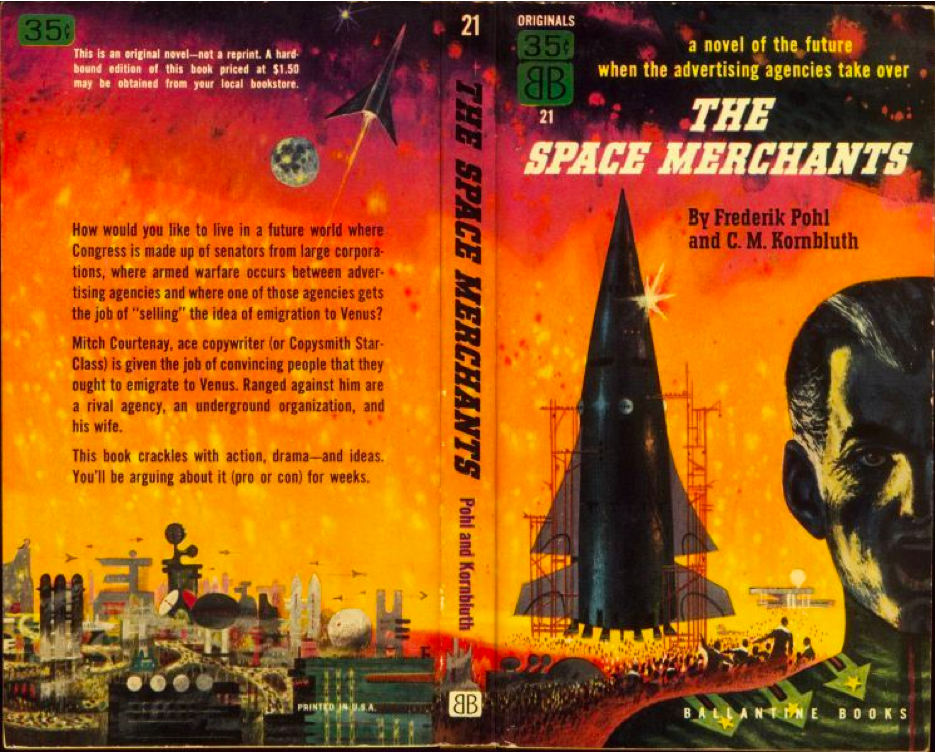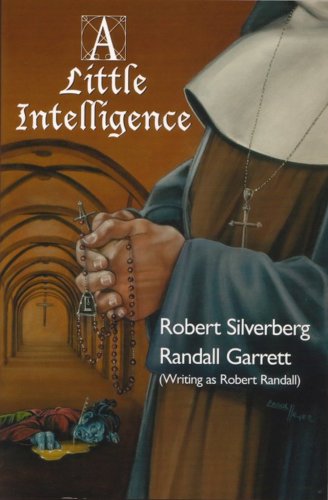
Last week, Deb made the comment: “Christmas isn’t Christmas in our house without listening at least once to Elvis’s Christmas album—that is a mainstay.” And just by chance, I stumbled over these Christmas Elvis CDs (while searching for something else). Elvis Christmas is the only Elvis Christmas CD you really need to listen to. It includes all of the Christmas songs Elvis sings so well.
In the everlasting quest for Truth in Advertising, I’m including the other two Elvis Christmas CDs I found: Elvis Presley Blue Christmas and Elvis sings The Wonderful World of Christmas. If you check the Track Lists, you’ll find they’re identical (except for the deceptive titles and different album covers).
Do you listen to Elvis at Christmas time? Do you have a favorite song? GRADES: Elvis Christmas—A, Elvis Presley Blue Christmas and Elvis sings The Wonderful World of Christmas — B
TRACK LIST:
| Santa Claus Is Back In Town | 2:24 | ||
| White Christmas | 2:23 | ||
| Here Comes Santa Claus (Right Down Santa Claus Lane) | 1:54 | ||
| I’ll Be Home For Christmas | 1:52 | ||
| Blue Christmas | 2:07 | ||
| Santa Bring My Baby Back (To Me) | 1:52 | ||
| O Little Town Of Bethlehem | 2:36 | ||
| Silent Night | 2:13 | ||
| (There’ll Be) Peace In The Valley (For Me) | 3:21 | ||
| I Believe | 2:05 | ||
| Take My Hand, Precious Lord | 3:17 | ||
| It Is No Secret (What God Can Do) | 3:54 | ||
| O Come, All Ye Faithful | 2:48 | ||
| The First Noel | 2:10 | ||
| On A Snowy Christmas Night | 2:50 | ||
| Winter Wonderland | 2:19 | ||
| The Wonderful World Of Christmas | 1:59 | ||
| It Won’t Seem Like Christmas (Without You) | 2:42 | ||
| I’ll Be Home On Christmas Day | 3:50 | ||
| If I Get Home On Christmas Day | 2:53 | ||
| Holly Leaves And Christmas Trees | 2:14 | ||
| Merry Christmas Baby | 5:45 | ||
| Silver Bells | 2:27 |
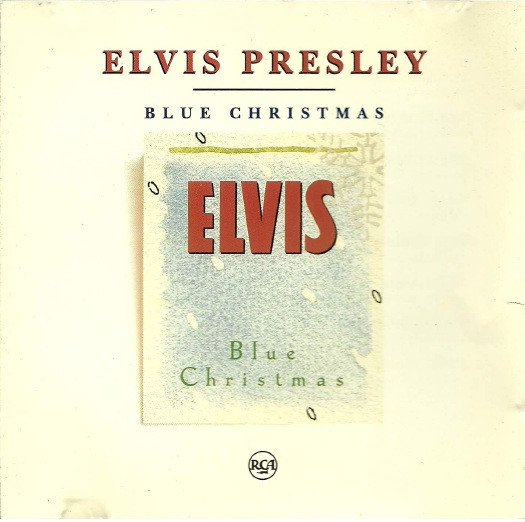
TRACK LIST:
| O Come All Ye Faithful | 2:47 | ||
| The First Noel | 2:08 | ||
| Winter Wonderland | 2:17 | ||
| Silver Bells | 2:27 | ||
| Blue Christmas | 2:05 | ||
| Silent Night | 2:23 | ||
| White Christmas | 2:23 | ||
| I’ll Be Home For Christmas | 1:54 |

TRACK LIST:
| O Come All Ye Faithful | 2:47 | ||
| The First Noel | 2:08 | ||
| Winter Wonderland | 2:17 | ||
| Silver Bells | 2:27 | ||
| Blue Christmas | 2:05 | ||
| Silent Night | 2:23 | ||
| White Christmas | 2:23 | ||
| I’ll Be Home For Christmas | 1:54 |

